Multi-Ancestry Multi-Omics Framework (MAMOF)
The Multi-Ancestry Multi-Omics Framework (MAMOF) represents a groundbreaking computational approach designed to address the critical challenge of molecular heterogeneity across diverse ancestry groups in biomarker research. By integrating multiple high-throughput sequencing technologies with advanced network medicine principles, MAMOF enables the identification of both universal and population-specific biomarkers across genetically diverse populations.
MAMOF Pipeline

MAMOF Framework Pipeline Overview
Core Methodology
Multi-Omics Data Integration
MAMOF integrates four complementary omics technologies to capture comprehensive molecular signatures:
- Whole-Genome Sequencing (WGS): Provides complete genomic landscape including structural variations and regulatory regions
- Whole-Exome Sequencing (WES): Focuses on protein-coding regions to identify functional mutations
- Bulk RNA Sequencing: Captures tissue-level gene expression profiles and transcriptomic signatures
- Single-Cell RNA Sequencing: Reveals cell-type-specific expression patterns and cellular heterogeneity
Network Medicine Approach
The framework leverages biological interaction networks to overcome traditional limitations in multi-ancestry studies:
Network Mapping Strategy
Multi-omics data is systematically mapped onto established biological interaction networks, transforming heterogeneous molecular data into interpretable biological contexts.
Heterogeneity Resolution
Addresses sample size variations, technical batch effects, missing data points, and population-specific genetic backgrounds through network projection.
Biomarker Classification System
Universal Biomarkers
Molecular signatures consistent across all ancestry groups, representing conserved biological mechanisms fundamental to disease pathogenesis.
Population-Specific Biomarkers
Molecular signatures distinct within specific ancestry groups, reflecting genetic, epigenetic, or environmental factors unique to particular populations.
Technical Implementation
Data Processing Pipeline
Quality Control
Standardized preprocessing protocols
Multi-Modal Integration
Advanced computational methods
Network Construction
Biological interaction networks
Statistical Analysis
Robust statistical methods
Validation Framework
MAMOF incorporates multiple validation strategies:
Cross-Cohort Validation
Biomarkers identified in one population are tested for reproducibility in independent cohorts
Functional Validation
Experimental techniques such as immunohistochemistry confirm biological relevance
Clinical Correlation
Biomarker performance evaluated against clinical outcomes and diagnostic criteria
Applications and Impact
Clinical Translation
- Early Diagnosis: Universal biomarkers for broad-spectrum diagnostic tools
- Personalized Treatment: Population-specific ancestry-tailored therapeutic strategies
- Risk Stratification: Combined universal and specific signatures for comprehensive profiling
Research Applications
- Multi-ancestry studies in other diseases
- Integration of emerging omics technologies
- Development of inclusive precision medicine approaches
Future Directions
The MAMOF framework establishes a foundation for expanding multi-ancestry research by:
Expanding Populations
Incorporating additional ancestry groups and geographical regions
Environmental Integration
Integrating environmental and lifestyle factors
Clinical Systems
Developing real-time clinical decision support systems
Therapeutic Protocols
Creating population-specific therapeutic protocols
Conclusion
MAMOF represents a paradigm shift toward inclusive biomarker discovery, addressing the longstanding limitation of single-ancestry studies in precision medicine.
This comprehensive approach ensures that the benefits of precision medicine are accessible to all patients, regardless of their ancestry, ultimately contributing to more effective and equitable healthcare outcomes worldwide.


